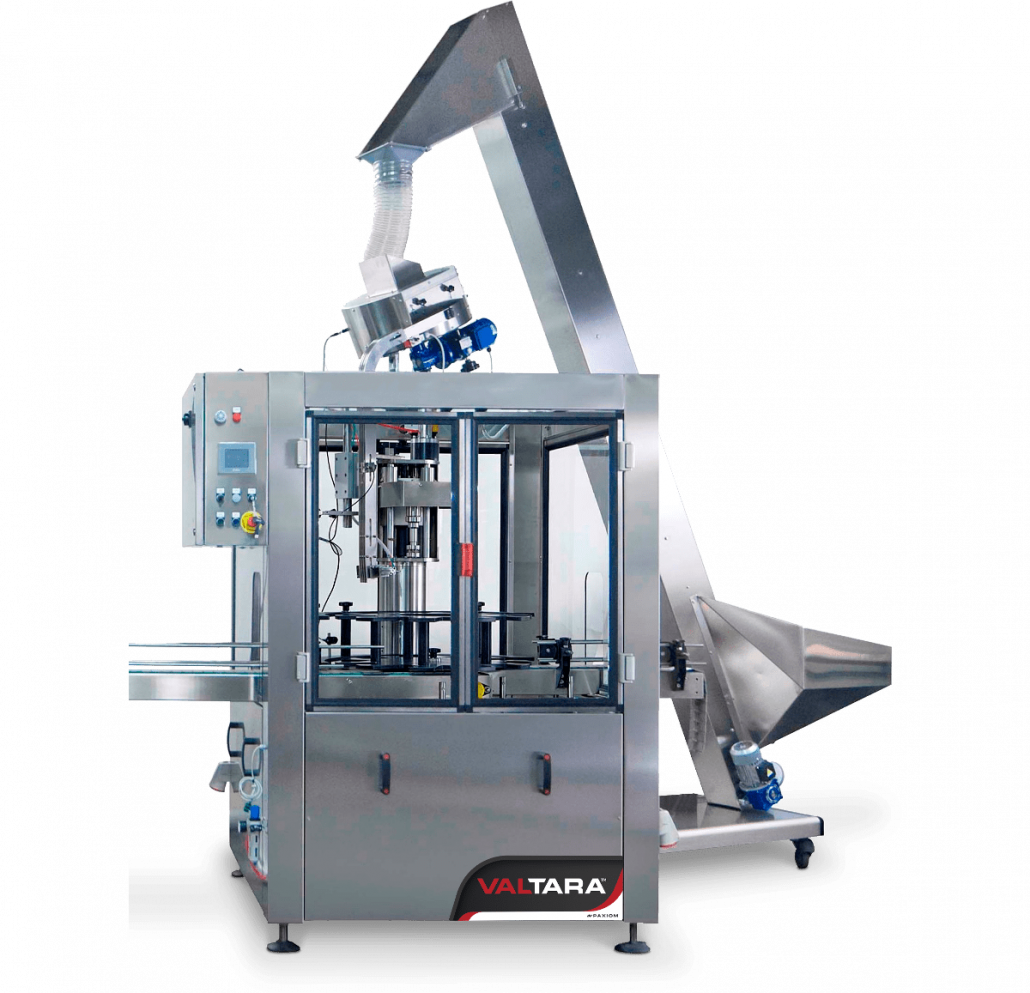Packaging Equipment Systems for Manitoba Business
Located in the heart of central Canada alongside much larger and popular provinces, Manitoba is often overlooked by many tourists. Unbeknownst to them, this province is home to a wealth of extraordinary experiences. To get more than just a glimpse of polar bears, go to Churchill on the coast of Hudson Bay. In autumn, the town is bursting with visitors who wish to have close-up encounters with the bears. Also, Churchill is located in a remote subarctic area and has low light pollution. And guess what this means? The town is perfect for viewing the dancing northern lights, or aurora borealis. This gorgeous phenomenon is visible some 300 nights every year but is most prominent during February and Mark night skies.
Stretching in the shores of Lake Winnipeg is the Grand Beach Provincial Park, a popular spot for sun-seekers and campers who want to get away from the bustling cities. If you want to experience a premier winter event while you’re at Manitoba, try the Festival du Voyageur. It’s held every February in St. Boniface, Winnipeg. There, all sorts of traditional French can be seen. Be prepared to hear lots of French, too, since this district has one of the largest French-speaking communities in Canada.
Paxiom provides an automatic capper
Manufactured under our brand partner, ValTara Technology, Paxiom gladly introduces to the market our very own automated capper that’s perfect for medium to high-speed production lines. This economical machine is normally used for several sectors like beverage, snack foods, cannabis, pharmaceuticals, and many more. Additionally, it’s capable of operating on various size containers, and depending on the specifics of your cap and container, this capper can achieve production speeds from 10 to 150 CPM. It comes in standard with chuck assemblies, a turret, conveyor belts, and a swinging arm for automatic pick and place.
Major benefits of automatic bottle cappers
Different capping machines are required to produce different closure types. However, regardless of the type of cap used, automatic bottle cappers offer several benefits to businesses. For facilities that have high demand, bottle capping machines are likely a must-have to meet the demand while also replacing human labor–employees whose wrists and fingers are at risk of getting injured sooner or later. Here are some of the main benefits that almost always come with using these packaging machines.
Reliable and consistent capping
Compared to hand twisting or manually applying closure, automatic cappers have much higher seal consistency and reliability. When set-up properly, from the first until the last bottle, the capper will tighten them in the same manner, producing nearly identical finished products. Plus, long durations of hand capping results in worker fatigue, inconsistent seals, and sometimes, repetitive motion injuries.
Speeds up production
In almost every scenario, switching to an automated capping machine will boost the number of containers capped in a given time. While such numbers can be matched with hand capping, it would need an extensive manual labor force to achieve such goals. Hand cappers and even semi-automatic capping systems need an operator for every container to be tightened. Meanwhile, automatic bottle cappers make use of a conveyor or an indexing system to continuously cap bottles without any human assistance. The operator’s job is to just provide bulk caps and set up the machine, something that requires far less time as opposed to supervising each container.
Provides product security
A consistent and reliable closure helps ensure packagers that their products are secured and properly sealed in the given container. There should be no spilling or leaking. Moreover, in some cases, they can opt to use tamper-evident closures so consumers can rest easy knowing that the product they bought is good as new and hasn’t been interfered in any way. In conclusion, the ability of capping machines to repeatedly and reliable seal bottles lead to secure products for both the manufacturer and consumer.
Versatility
Some adjustments may be necessary during changeovers. With Paxiom, our capper packaging machines are designed to handle a wide variety of cap and container sizes. There may also be some limitations when it comes to different types of closures. When handling a broad selection of cap types and sizes, custom packaging machines are the best way to go. That said, on average, one capper can handle all the caps for a certain project.
Ease of operation
Once set up, automatic bottle cappers can run by themselves, more or less. A few preparations and configurations may be needed at first, but other than that, you’re good to go. Once the capper has started its process, operators need only make sure bulk bottles and caps are readily available.

